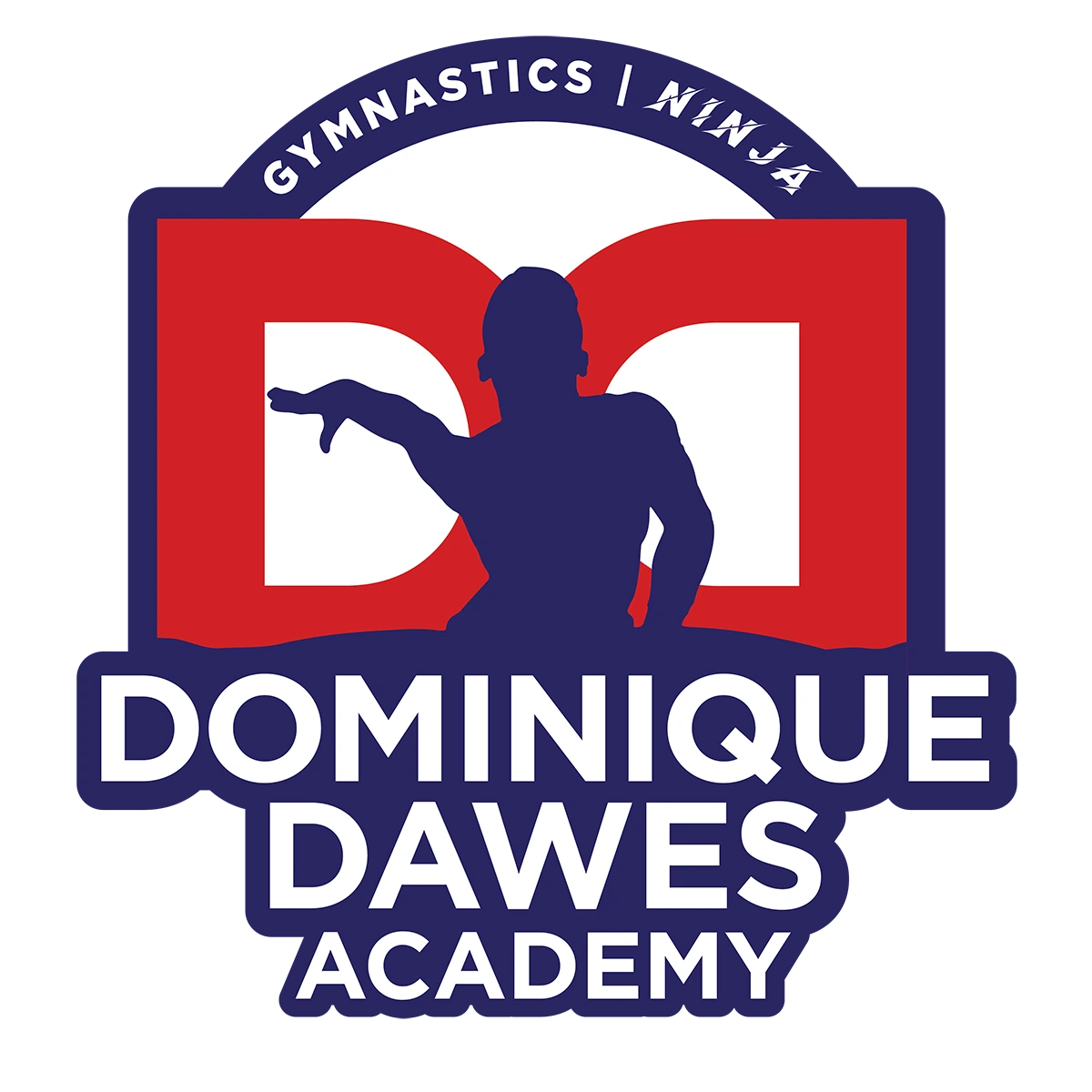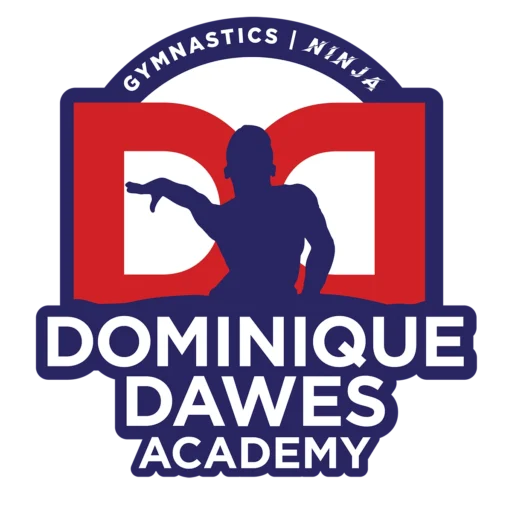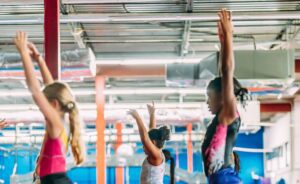
Let’s start with a simple observation. For any family in our fast-paced, high-achieving, highly-active community, the modern calendar can quickly become a blur of activity and obligation — schoolwork, homework, afterschool classes, travel sports, homework, swim practice, birthday parties, church, homework…..
The road to college and career competitiveness is paved with good intentions, and at any given time there are more activity options in Alpharetta than any one child can (or should) take advantage of.
Between soccer camp and swim lessons, soccer clinic and coding camp, band practice and Latin tutor, parents are inundated with well-meaning suggestions for creating the well-rounded, over-scheduled child.
It’s easy to think all activities are more or less the same; that the true differentiator is which child gets to do what. But the science of child development is pretty clear: when it comes to childhood enrichment activities, not all activities are created equal.
In fact, many of the truly critical building blocks in the architecture of a well-rounded child are simple, foundational, and incredibly powerful. Among the most important of these is gymnastics.
As a community member with kids of your own, it is already clear that regular, purposeful movement is an important component to growing a healthy body and a healthy mind. What you may not realize is that a consistent, challenging movement curriculum — best delivered through a gymnastics program — acts as a “neuro-boost,” supercharging child development across many different channels.
It lays a neuromuscular platform that can drive success in every facet of a child’s life, from better grades and stronger focus in the classroom, to better emotional regulation and better social skills outside of it.
Gymnastics is one of those rare activities that delivers on its promise for a better body, better mind, and better spirit. For Alpharetta families who want the best for their children, the scientific evidence on why gymnastics is more than just an activity — it’s a true investment in a child’s development — could not be clearer.
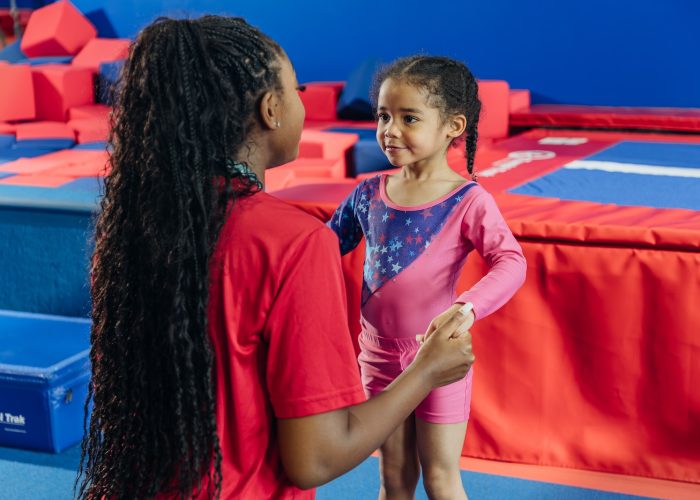
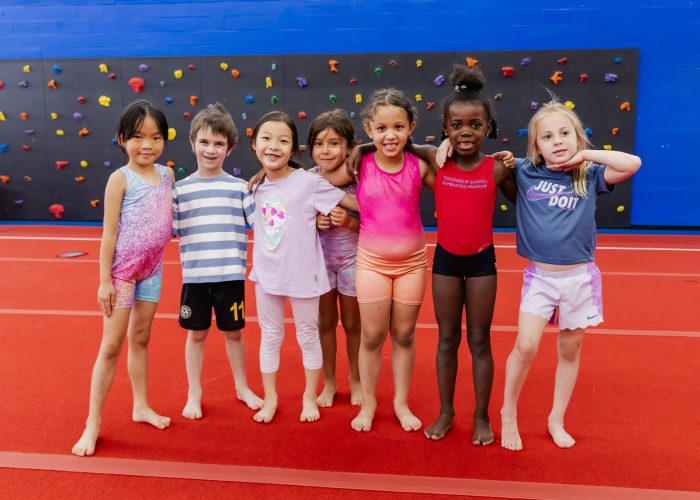
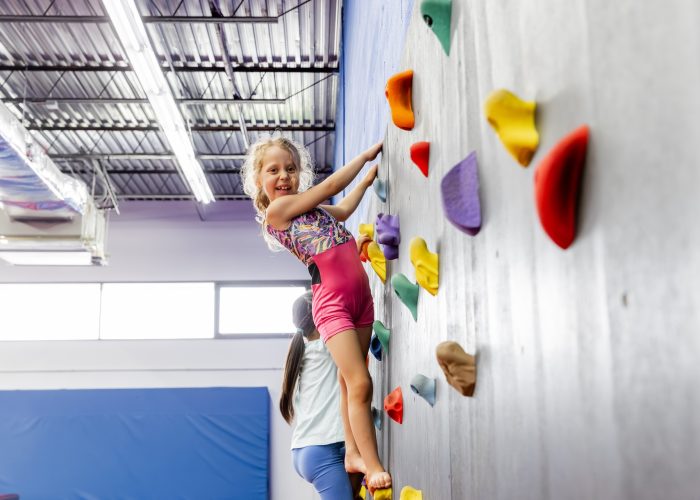
Physical Development Benefits That Last a Lifetime
Put simply, gymnastics is the best early childhood introduction to physical literacy available. At a time when sports specialization is starting earlier and earlier, gymnastics is one of the few remaining activities that challenge the body in a way that is both completely comprehensive and beautifully balanced.
Flexibility, Strength, and Power
Gymnastics develops “functional strength.” This is not bodybuilder strength; it is pound-for-pound strength, the ability to control the bulk of one’s own body weight in space.
When a child hangs from the bar, they are building upper body and grip strength. When they hold a handstand, they are using their core and shoulder stability. This creates a strong, balanced, and athletic body that is less prone to injury.
At the same time, the whole-body stretching and dynamic movement improve flexibility, a key ingredient in keeping joints healthy and keeping range of motion well into adulthood.
The “Internal GPS” | Balance and Coordination
Two of the most under-appreciated sensory systems for development are the vestibular (balance, located in the inner ear) and proprioceptive (a subconscious sense of your body’s position in space) systems.
Gymnastics is a natural super-stimulator for these two body “systems.” Every tumble, every twist on the beam, every swing on the bars generates a ton of sensory information that the brain must make sense of, compare, and calibrate. It is like constantly upgrading your child’s internal GPS.
Better proprioception and a more finely-tuned vestibular system lead to better body awareness, and that directly leads to better coordination on the playground, in the classroom, on the soccer field, and in every aspect of life.
A Proactive Approach to Health

The childhood obesity statistics for the United States as a whole, and Georgia specifically, are a growing cause of concern for parents and health care officials. The CDC reports that nearly 1 in 5 children in the United States struggle with obesity. Gymnastics provides a proactive solution.
The wide variety of activities in any single gymnastics class keeps children engaged, creating a highly effective hedge against the “drop-out” that comes when one component of a traditional sports team becomes boring or unchallenging. This constant variety also helps kids in gymnastics approach fitness as a positive and fun adventure, not a chore to be avoided. Gymnastics helps parents and coaches combat one of the most serious national and Alpharetta health problems, and do so by instilling a lifetime habit of healthy, positive attitudes about exercise.
Cognitive Advantages: How Gymnastics Builds a Better Brain
The most exciting (and to some, surprising) advantages of gymnastics are not in the physical realm, but in the cognitive one. In recent years, the link between high-quality physical movement and better brain function has been increasingly well-established in the modern field of neuroscience.
Gymnastics is one of the most powerful physical activities for learning because it is so cognitively rich; while a gymnastics class is a constant physical challenge, it is also, by necessity, a constant mental one.
Crossing the Midline and Brain Hemispheres
Many gymnastics movements, from a cartwheel to a bar routine, require a gymnast to “cross the midline” of their body (reach their right hand across to their left side, for example). This cross-lateral movement is powerful because the body is wired in such a way that it forces communication between the left and right hemispheres of the brain.
Strong cross-hemisphere connections are a critical building block for complex tasks like reading, which demands communication between the left brain (logical and linguistic processing) and the right brain (creative and spatial processing). The physical motions involved in gymnastics literally build the neural connections that make learning to read and write easier.
Memory, Focus, and Problem-Solving
The children’s gymnastics class is a rapid-fire assault of discrete cognitive challenges that come disguised as physical tasks.
Sequencing and Memory
Learning a routine or a set of skills on the beam, or even simply completing a sequence of skills in a row, requires children to memorize and execute a series of complex movements in a specific order. This directly trains working memory and the capacity to follow multi-step instructions. Skills are the building blocks of everything from algebra equations to five-paragraph essays.
Concentration
Balancing on a narrow beam, or visualizing a floor pattern and learning to trust the moment before going airborne for a vault require intense focus. Children learn to block out distractions and concentrate 100% on the task at hand. Gymnastics builds the “focus muscle” in a way that directly transfers to better concentration in school.
Spatial Awareness
Flipping, twisting, and tumbling through the air is one of the best ways to develop a highly sophisticated and intuitive sense of spatial awareness. It literally develops this sense in children’s brains. This highly-prized sense of angles and trajectory, body position in space, and three-dimensional awareness translates directly into cognitive skills required for STEM fields like geometry and physics.
Families in Alpharetta’s highly-regarded school systems will recognize the direct benefits of gymnastics in an academic setting. It is one of the only extracurricular activities that builds the underlying cognitive architecture — focus, memory, and the neural efficiency — upon which all academic learning and performance is built.
Building Confident Spirits and Social Skills Through Movement
A mental health crisis among children and teenagers is one of the most pressing issues facing parents and educators today. The social and emotional outcomes of gymnastics may be the single most important gymnastics benefit for children in Alpharetta.
The Science of Building Resilience
The process of learning any new gymnastics skill is a perfect training ground for grit and resilience. It is a very consistent, logical, and powerful cycle of attempt-failure-feedback-adjustment-success. A child will fall off the beam many times, but on the eleventh try, the beam will hold them, and they will beam (pun intended). That feeling of success, which they know they have earned through perseverance, is a powerful confidence builder. They learn that failure is a natural, and necessary, part of learning.
In a safe, supervised environment, they can engage in healthy risk-taking and learn how to push their own boundaries and overcome their fears. This process of challenge and success builds an unshakeable confidence and the lifelong resilience to bounce back from failures in school and in life.
- A Structured Social Laboratory: Gymnastics is often (wrongly) thought of as an individual pursuit. In reality, gymnastics is one of the most inherently social of activities.
- Listening and Respect: Following a coach’s instructions, repeating what is said back to them, and respecting the authority of a teacher are all built into the class experience.
- Patience and Turn-Taking: Children must learn to wait their turn on an apparatus. This is a simple but essential lesson in patience, fairness, and order.
- Empathy and Teamwork: They learn to cheer for their teammates, celebrate each other’s success, and offer encouragement when a friend falls. They learn to be part of a community, a process that builds an essential sense of teamwork, and empathy.
The Dominique Dawes Academy in Alpharetta
Parents with families in Alpharetta know that these social and emotional benefits are one of the most important “goods” to come out of youth fitness in North Atlanta. The friendships forged in the gym and the confidence built on its apparatus are among the most valuable gymnastics benefits for children in Alpharetta. The gym truly becomes a second home, a safe place where children are challenged, supported, and celebrated.
By choosing to give our children the gift of gymnastics, we’re signing up not just for a sport, but a complete program — for a healthy body, a sharp mind, and a resilient spirit.
